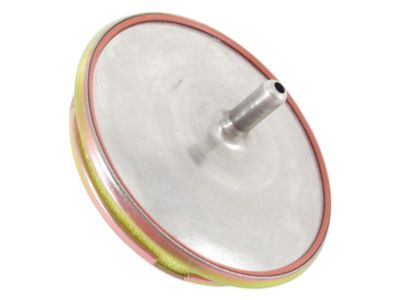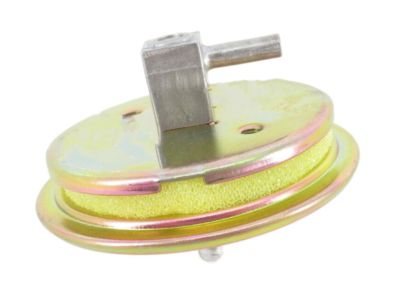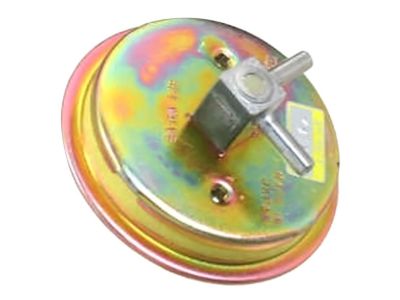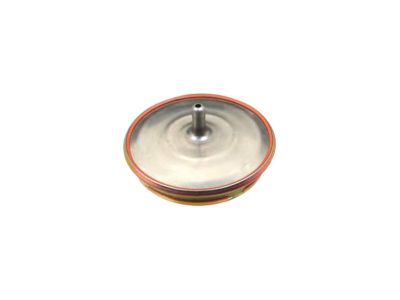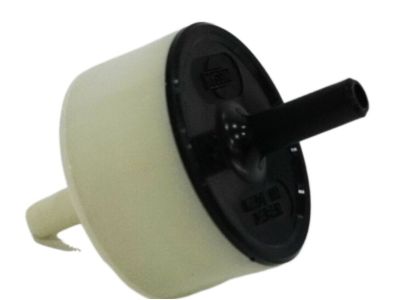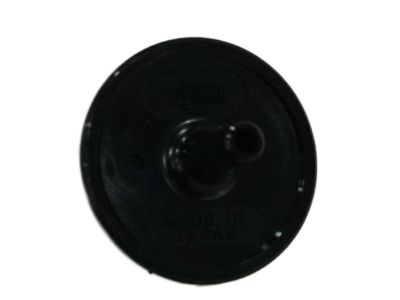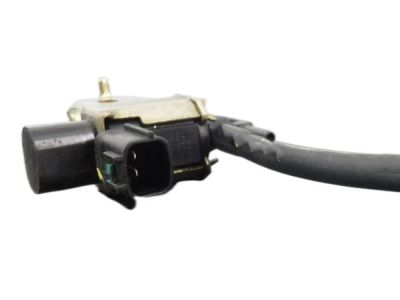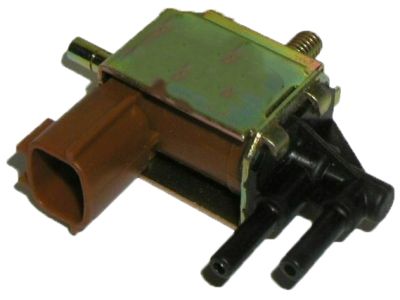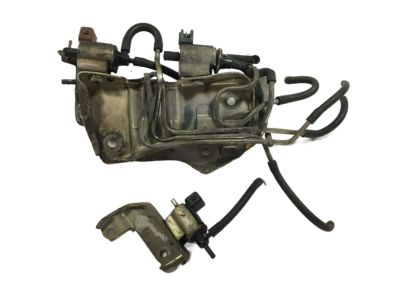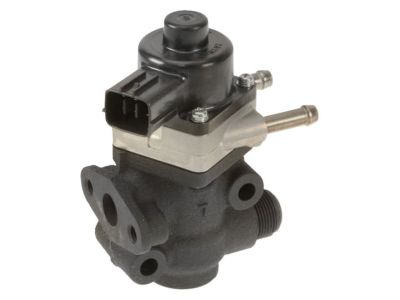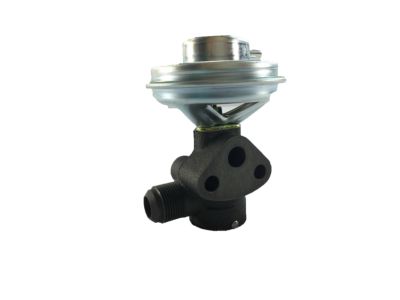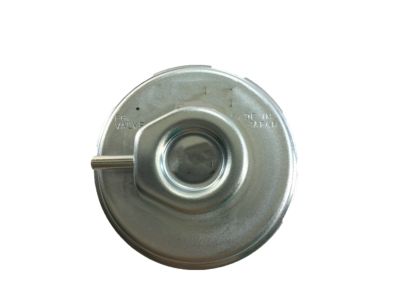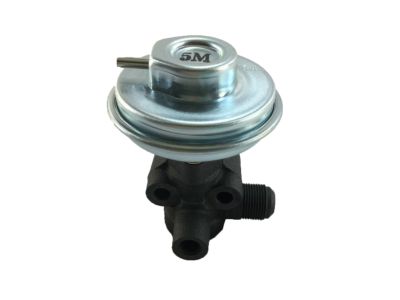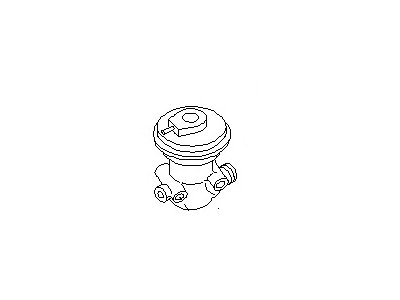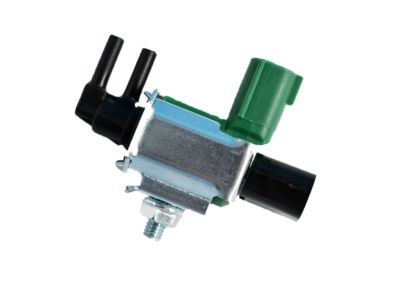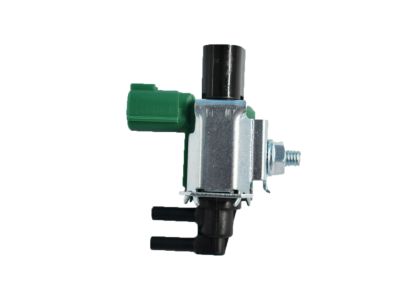×
- Hello
- Login or Register
- Quick Links
- Live Chat
- Track Order
- Parts Availability
- RMA
- Help Center
- Contact Us
- Shop for
- Nissan Parts
- Nissan Accessories

My Garage
My Account
Cart
Genuine Nissan Quest EGR Valve
Emissions EGR Valve- Select Vehicle by Model
- Select Vehicle by VIN
Select Vehicle by Model
orMake
Model
Year
Select Vehicle by VIN
For the most accurate results, select vehicle by your VIN (Vehicle Identification Number).
14 EGR Valves found

Nissan Quest BPT Valve
Part Number: 14741-10W00$103.16 MSRP: $145.70You Save: $42.54 (30%)Ships in 1-2 Business Days
Nissan Quest Valve Assembly-BPT
Part Number: 14741-24F10$84.50 MSRP: $119.35You Save: $34.85 (30%)Ships in 1-3 Business Days
Nissan Quest Valve Assembly Vacuum Delay
Part Number: 14958-V6700$32.36 MSRP: $44.62You Save: $12.26 (28%)Ships in 1-3 Business Days
Nissan Quest Valve Assembly-SOLENOID
Part Number: 14955-8J100$199.81 MSRP: $282.22You Save: $82.41 (30%)Ships in 1-3 Business Days
Nissan Quest YALVE Assembly-SOLENOID
Part Number: 14956-35U01$105.85 MSRP: $149.50You Save: $43.65 (30%)Ships in 1-3 Business Days
Nissan Quest Valve Assembly-SOLENOID
Part Number: 14956-60U00$148.62 MSRP: $209.92You Save: $61.30 (30%)Ships in 1-2 Business Days
Nissan Quest Exhaust Gas Recircuration Valve
Part Number: 14710-7Y000$233.25 MSRP: $345.38You Save: $112.13 (33%)Ships in 1-3 Business Days
Nissan Quest Exhaust Gas Recircuration Valve
Part Number: 14710-0B710$127.30 MSRP: $188.25You Save: $60.95 (33%)Ships in 1-2 Business DaysNissan Quest Exhaust Gas RECIRCULATION Valve
Part Number: 14710-7B001$248.28 MSRP: $367.63You Save: $119.35 (33%)Ships in 1-3 Business DaysNissan Quest Exhaust Gas RECIRCULATION Valve
Part Number: 14710-7B000$248.28 MSRP: $367.63You Save: $119.35 (33%)Nissan Quest Valve Assembly-SOLENOID
Part Number: 14956-41U00$107.89 MSRP: $152.38You Save: $44.49 (30%)Ships in 1-3 Business DaysNissan Quest Valve Assembly-SOLENOID
Part Number: 14956-1P100$131.81 MSRP: $186.17You Save: $54.36 (30%)
Nissan Quest EGR Valve
If you need any OEM Nissan Quest EGR Valve, feel free to choose them out of our huge selection of genuine Nissan Quest EGR Valve. All our parts are offered at unbeatable prices and are supported by the manufacturer's warranty. In addition, we offer quick shipping to have your parts delivered to your door step in a matter of days.
Nissan Quest EGR Valve Parts Questions & Experts Answers
- Q: How do you inspect, test, and replace EGR Valve in the EGR system on Nissan Quest?A:The EGR system works to lower down the NOx production through the circulation of some portion of the exhaust gases to the intake manifold, so as to minimize the combustion temperature. These are EGR valve, an EGR Control solenoid valve, an EGR Temperature sensor, and an EGR Control Backpressure Transducer. It is controlled by PCM; the EGR solenoid is opened through the vacuum system that is connected to the intake air after the throttle valve. The back pressure transducer, has the function of measuring the exhaust back pressure to control the EGR vacuum signal The temperature sensor has the function of updating the PCM on the changes in the EGR passageway. To do this, examine the hoses for signs of wear or improper connection, and moving the EGR valve by bringing the engine to the warm up and acting on the throttle. If the valve does not move, one should look at vacuum signal and the connection. For the component checks, apply vacuum to the EGR valve to check it opens and holds and check for deposit level to decide if cleaning is required. Thus, the solenoid has to be checked for vacuum presence and battery voltage and the leakage of the backpressure transducer. It is expected that the resistance of the temperature sensor should drop as the temperature goes up. As for replacements, one should remove the certain elements, decontaminate the skin to avoid blockage, and then install new elements properly.

